Ken Garland and Associates – UK
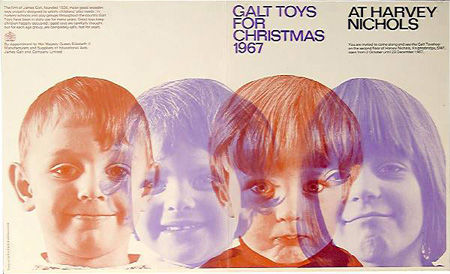
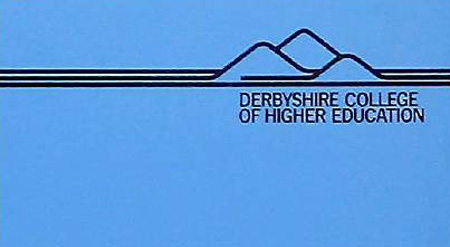
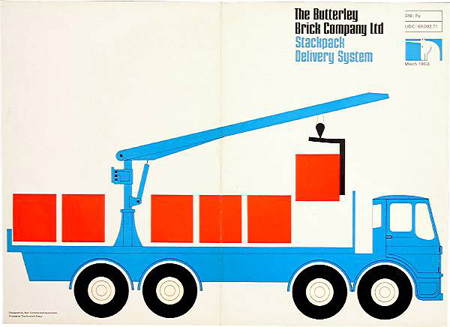
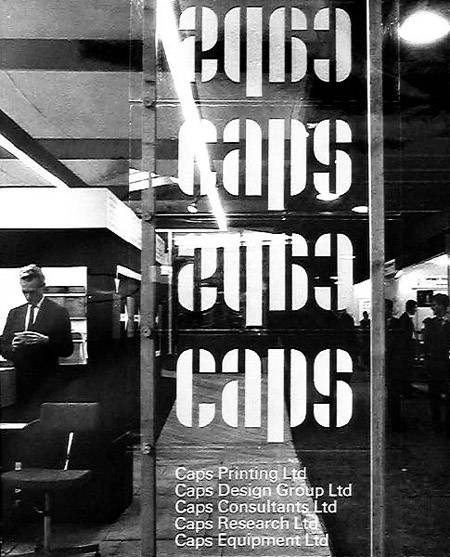
The beautiful graphic design of Ken Garland and Associates, from storefront font layout to pamphlet covers these guys have been putting together solid work since 1962.




The beautiful graphic design of Ken Garland and Associates, from storefront font layout to pamphlet covers these guys have been putting together solid work since 1962.
Sol Sender walks us through how he and his team created the now iconic Obama 2008 campaign logo in this two part video (above). However you feel about the finished product, this video is a great window into the inner workings of branding at high levels. Logos are so deceivingly simple that we often don’t realize the amount of thought and effort that goes into creating them. In a similar way, we often don’t realize how the subtle nuances of a design can effect us as viewers.
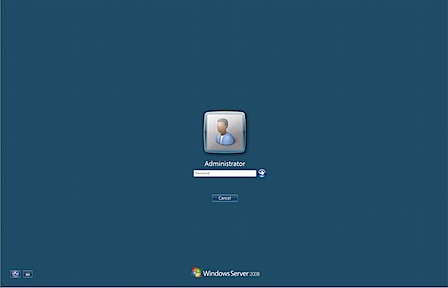
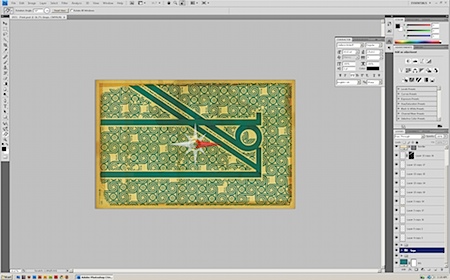 This is mostly an addendum to last week’s Vista 64 post. As Tide pointed out in the comments of that post, there is technically another flavor of Windows Vista called Windows Server 2008. As the name implies, it’s intended to run as a server OS, but underneath the hood it’s essentially Windows Vista minus all the bloat and the few minor annoyances. I guess Microsoft figured sysadmins and hosting providers wouldn’t be willing to deal with all the extra resource-hogging features that are tacked on to Vista by default, so they stripped it down to it’s core, added some cool features like a built in web server and virtualization (which are disabled by default), and branded it as Server 2008. This means no Security Center, no User Account Control (UAC), no Windows Update running automatically, and none of the other preloaded Vista features that prevent the OS from being a serious development machine. This is probably what lead many tech writers to refer to Server 2008 as “Vista done right”. With a very basic understanding of Windows services or a good ability to follow directions, you can convert this hot-rodded version of Vista into a fully functional graphics, video, or audio workstation. Most of the benchmarks I’ve seen show Server 2008 coming in around 10-15% faster across the board than Vista. All this was very intriguing to me as I usually spend a good hour or two after a Vista install just disabling services and features I don’t need in order to slim it down. The idea of a pre-slimmed vista was something I really had to try out.
This is mostly an addendum to last week’s Vista 64 post. As Tide pointed out in the comments of that post, there is technically another flavor of Windows Vista called Windows Server 2008. As the name implies, it’s intended to run as a server OS, but underneath the hood it’s essentially Windows Vista minus all the bloat and the few minor annoyances. I guess Microsoft figured sysadmins and hosting providers wouldn’t be willing to deal with all the extra resource-hogging features that are tacked on to Vista by default, so they stripped it down to it’s core, added some cool features like a built in web server and virtualization (which are disabled by default), and branded it as Server 2008. This means no Security Center, no User Account Control (UAC), no Windows Update running automatically, and none of the other preloaded Vista features that prevent the OS from being a serious development machine. This is probably what lead many tech writers to refer to Server 2008 as “Vista done right”. With a very basic understanding of Windows services or a good ability to follow directions, you can convert this hot-rodded version of Vista into a fully functional graphics, video, or audio workstation. Most of the benchmarks I’ve seen show Server 2008 coming in around 10-15% faster across the board than Vista. All this was very intriguing to me as I usually spend a good hour or two after a Vista install just disabling services and features I don’t need in order to slim it down. The idea of a pre-slimmed vista was something I really had to try out.
I set out to get Server 2008 running on my main development tower around noon and in well under 2 hours I was up with CS4 and Sonar 8 installed. I am running the 64-bit variety of this OS just as I was in Vista so all of the 64-bit advantages remain (seeing more RAM, more efficient CPU usage, etc.). The install was just like Vista, very simple and rather quick. On first boot up, the OS comes so stripped down that audio isn’t even enabled by default, it’s literally bare bones. You can then go through and enable only the services you need, keeping the running processes to a minimum. And if you don’t have a good grasp of Services or registry editing, there’s even a tool to help you convert a fresh Server 2008 install into a workstation via a simple GUI here. It took about 1 minute (literally) to enable what I needed with the app. Installing drivers is a snap just like in Vista, if you’re running the 64-bit version of the OS you just have to make sure the manufacturer of your hardware offers a 64-bit driver for it. Now that 64-bit is becoming mainstream, there are very few devices out there that don’t have 64-bit support. If you want to keep your Vista or XP install intact, creating a dual-boot system is very easy using tools like EasyBCD.
Working on the machine has been very smooth and stable, I’ve put it through it’s paces in most of the major apps from CS4 as well as Cakewalk Sonar 8 with various VST plugins. The few minor issues I had with Vista are now gone (namely the sporadically slow file copy/move behavior caused by the DRM apparently present in Vista but thankfully missing from Server 2008) and I have yet to encounter any sort of crash or application failure. Photoshop CS4 64-bit runs incredibly well, I have seen a marked performance increase in all operations, it just seems more efficient and definitely more powerful. Disk read/write speeds seem to have increased as well, boosting swap disk performance for Photoshop. Overall it’s been a surprisingly pleasant experience. My only regret is that I didn’t try this earlier while languishing in XP for so long. Although I am assuming this OS, as with it’s counterpart Vista, only recently came of age with the release of Service Pack 1 (SP1) for both.
Overall, I highly recommend this OS as a svelte and stable alternative to the already solid Vista. It excels for multimedia tasks and for working professionals it’s trimmed down resource weight will maximize your system’s performance. If you’ve ever installed Windows before, you’ll have no problem getting Server 2008 up and running. If you’re a web developer this seems like a must have OS, it’s the perfect environment for testing server technologies like PHP with your Flash sites. The only caveat to all of this is the price: It’s a whopping $999 for a license. Fortunately, Microsoft offers a generous evaluation period.
Windows Server 2008 Workstation Resources:
Download Windows Server 2008 From Microsoft
Windows Server 2008 Workstation Guide (or a PDF manual here)
Windows Server 2008 Workstation auto-config tool
Has anyone else been using Server 2008 for design or music? What has your experience been?
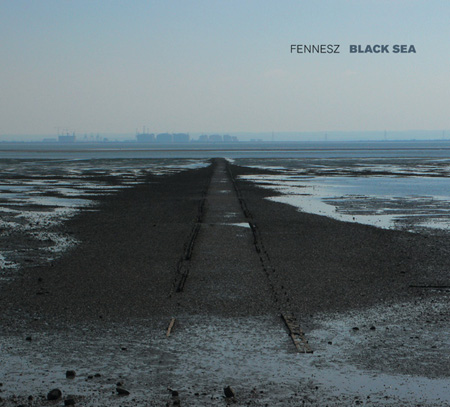 I don’t want to overwhelm the blog with ambient music because if I just posted what I listen to 70% of the time you’d be all in bed by 8pm every night but completely comfy and in dreamland. Hold on though, this isn’t just any kind of ambient though here on ISO50, I usually have to dig though alot of mediocre releases to find the gems to share with you and today i’ve found 2 Cullinan diamonds(largest polished diamond). The legendary Fennesz has put out a new LP called Black Sea this month and its drop dead gorgeous. Below is just a hint of the what the album has to offer, I already see it popping up everywhere on Best Albums of 2008.
I don’t want to overwhelm the blog with ambient music because if I just posted what I listen to 70% of the time you’d be all in bed by 8pm every night but completely comfy and in dreamland. Hold on though, this isn’t just any kind of ambient though here on ISO50, I usually have to dig though alot of mediocre releases to find the gems to share with you and today i’ve found 2 Cullinan diamonds(largest polished diamond). The legendary Fennesz has put out a new LP called Black Sea this month and its drop dead gorgeous. Below is just a hint of the what the album has to offer, I already see it popping up everywhere on Best Albums of 2008.
As for something more bright, bold and beautifully orchestrated with soft dynamics and gentle samples of polaroid cameras taking pictures of friends laughing, Shigeto and A Setting Sun offer up their new Table For Two EP(that is name your own price for only 1 week) that is only comparable to uncovering a room of someone’s lifelong hard work of putting a miniature smalltown together. The detail and enjoyment of making a song like Polaroid Romance makes me want to stop everything and work on making music.
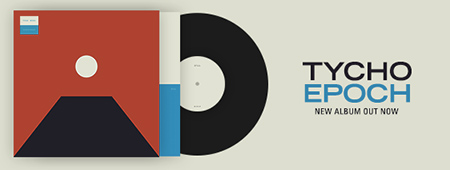
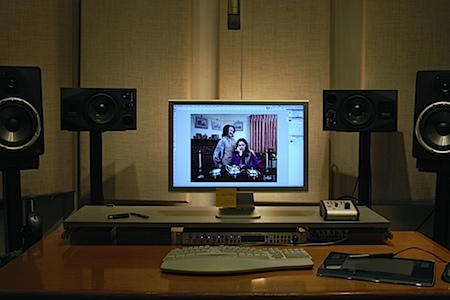
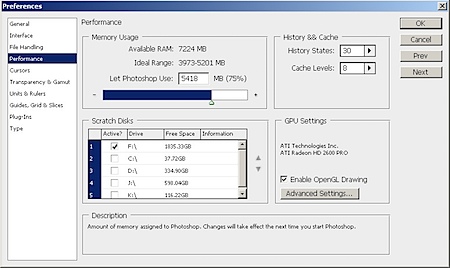 So it’s late 2008 (what happened?) and I’ve now entered a new chapter in my never ending quest for the ideal OS for design and music. If you read this blog with any regularity, you’ll know that I’m a lifelong Windows user who recently got a Macbook pro, my first official Apple computer. I still use Windows to create music and design, but I have my Macbook for all the other stuff: blogging, surfing, listening to music, traveling, etc., etc. I would love to switch to Mac for music and graphics as well, but the program I use for recording music, Cakewalk Sonar, is Windows only. So unless I want to start from scratch and learn a new DAW software like Logic, I’m pretty much stuck with PC for better or for worse. That being the case, I was pretty excited when Windows Vista first came out, I had read a lot about the enhancements they had made to the OS and at that point, XP was really showing it’s age. But as we all know, when Vista finally did come out it was a bitter disappointment for many, myself included. I plunked down $350(!!) for Vista Business 64-bit edition right when it came out only to find that it was a complete mess. Bad driver compatibility, unstable operation, security holes: you name it, Vista had it. So I reluctantly went back to XP, thought I’d wait it out and let the hardware manufacturers catch up and write new, more stable drivers for Vista. But that didn’t work out so well either, after about 6 months of waiting I installed Vista again with similar results. Add one more, XP-wait-reinstall cycle and that was it for me, I finally put it to rest and retiring the install CD to the storage closet with all the old dusty manuals, floppy disks, and other computer ephemera that I can’t seem to part with.
So it’s late 2008 (what happened?) and I’ve now entered a new chapter in my never ending quest for the ideal OS for design and music. If you read this blog with any regularity, you’ll know that I’m a lifelong Windows user who recently got a Macbook pro, my first official Apple computer. I still use Windows to create music and design, but I have my Macbook for all the other stuff: blogging, surfing, listening to music, traveling, etc., etc. I would love to switch to Mac for music and graphics as well, but the program I use for recording music, Cakewalk Sonar, is Windows only. So unless I want to start from scratch and learn a new DAW software like Logic, I’m pretty much stuck with PC for better or for worse. That being the case, I was pretty excited when Windows Vista first came out, I had read a lot about the enhancements they had made to the OS and at that point, XP was really showing it’s age. But as we all know, when Vista finally did come out it was a bitter disappointment for many, myself included. I plunked down $350(!!) for Vista Business 64-bit edition right when it came out only to find that it was a complete mess. Bad driver compatibility, unstable operation, security holes: you name it, Vista had it. So I reluctantly went back to XP, thought I’d wait it out and let the hardware manufacturers catch up and write new, more stable drivers for Vista. But that didn’t work out so well either, after about 6 months of waiting I installed Vista again with similar results. Add one more, XP-wait-reinstall cycle and that was it for me, I finally put it to rest and retiring the install CD to the storage closet with all the old dusty manuals, floppy disks, and other computer ephemera that I can’t seem to part with.
Fast forward a year: SP1 for Vista is out, a lot of hardware makers have more mature drivers available (MOTU being the most important to me), and 64-bit Photoshop has become a reality thanks to CS4. One day I was talking with my friend Dusty Brown and the subject of Windows came up. Like me, he uses a Mac laptop and a PC desktop. One for daily tasks, one for recording music and graphics. He said he had been using Vista for a while and that it had been working out great for him. This got me thinking, was the time right to finally put that 8GB of ram in my desktop to use? The allure of 64-bit Photoshopping was just too much to resist. So I bit the bullet and installed Vista on my main desktop for the fourth time. It has now been about a month since I did and I can honestly say I am very, very impressed. Perhaps I am only relatively impressed given my past history, but this time around Vista has been super stable (albeit very subjective, I’ve counted 0 lock-ups or crashes in Vista compared with around 8 on my brand new Macbook Pro). Photoshop has been tearing through files, I’ve noted a marked improvement in file opening speed, screen redraws, and overall performance. And perhaps most importantly, when I open the preferences in Photoshop and go to “performance”, the RAM slider goes all the way up to 7224 MB (see image above). It’s ridiculous to think how long it took for that to become a reality, but here we are. Some might argue that I am merely experiencing the benefits of using a 64-bit OS and that Vista itself isn’t really central to my overall satisfaction. Perhaps, but I used Windows XP 64 for about 6 months earlier this year and it was a buggy mess, nothing even approaching the stability and performance I am seeing in Vista. A quick note on configuration: I disabled a lot of non-essential services (as I always do with Windows) and turned off all visual effects and security services. Point being that fresh out of the box, your mileage may vary with Vista, it takes some tweaking.
But as with everything, it’s not all roses. DRM, for one, is not doing Vista any favors. Apparently Microsoft, being the paragon of freedom and privacy that they are, decided to embed DRM (digital rights management) at the core of Vista, to the extent that it scans each and every bit moving through the system to check for copyright information. This can slow certain operations down and cripple others completely. Fortunately, it’s most obvious effects are limited to file copy/transfer and are somewhat sporadic, so they don’t really impinge on my day to day workflow. Let me qualify that information though by stating that it is merely internet rumor at this point (well documented rumor, but rumor nonetheless), to date, MS has made no official on whether or not they have integrated DRM into the OS.
So yes, I bought the hype and listened to all the Vista haters for a long time. And maybe they were right, but the key word here is “were”. It’s almost 2009 and I am here to say that Vista is all growed up. So yeah, there it is, take it or leave it. Anyone else using Vista 64 with CS4? What has your experience been?
There has been so many Best of 2008 lists popping up everywhere and Scott and I are working on our own but probably won’t be finished them until the end of the month because its not the end of the year yet. So, I put together just the most inspiring videos i’ve ever seen, hope you enjoy:
Watch Battles – Atlas in Music Videos | View More Free Videos Online at Veoh.com
Speaking of Detroit, my friend Alex sent me this video tonight. I couldn’t find the song on Beatport so I’m posting this YouTube clip for the time being. Although not a big fan of vocals with this type of music, the sounds on this track more than make up for it. Wish I could get an instrumental edit of this, something here really reminds me of late-century Full Cycle stuff, sounds appropriately post-DnB. There’s more over at Theo Parrish’s Last.fm Page.

Guitarist and electronic musician Christopher Willits continues his monthly series from SoundArts studio. In this episode, Willits proves the future is now by showing you how your iPhone can control Ableton and Max/MSP.
Tune in once a month as Christopher shows us some of the ways he produces his own music, as well as the many cool things you can do with recording software. According to Christopher, “I simply want to excite people’s imaginations and creative processes so they can more easily create the sounds and music and art they love.”
For more What You Talkin’ Bout, Willits? visit XLR8R TV